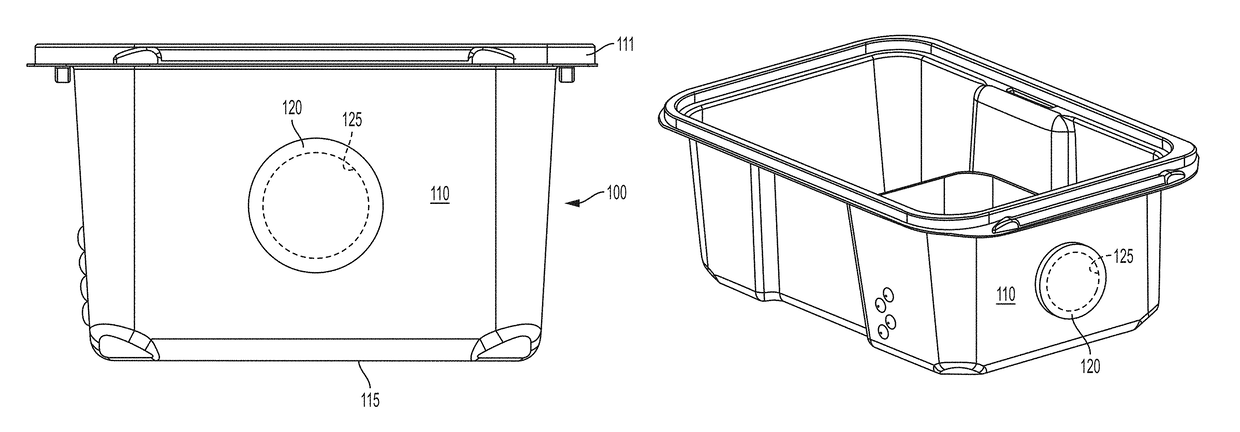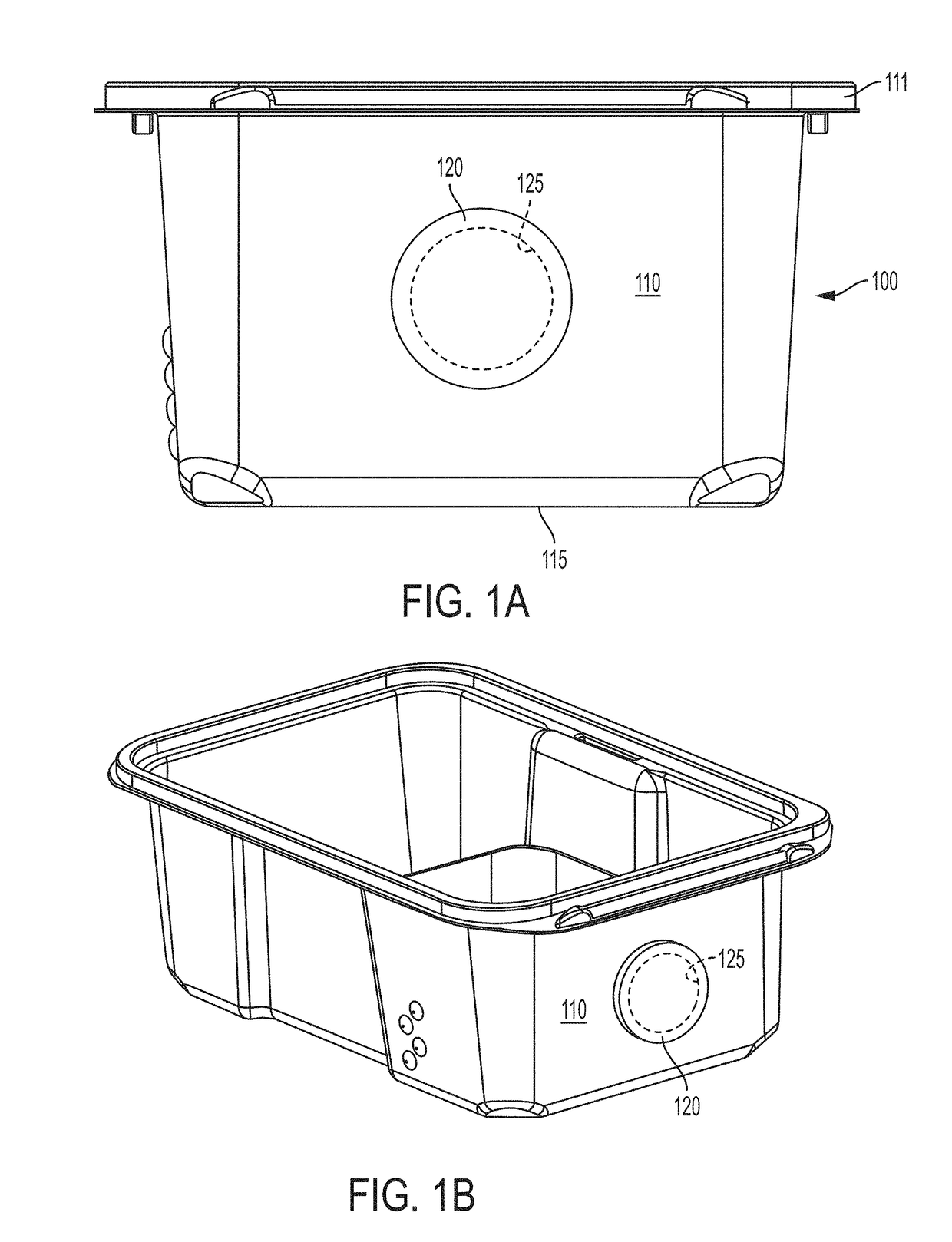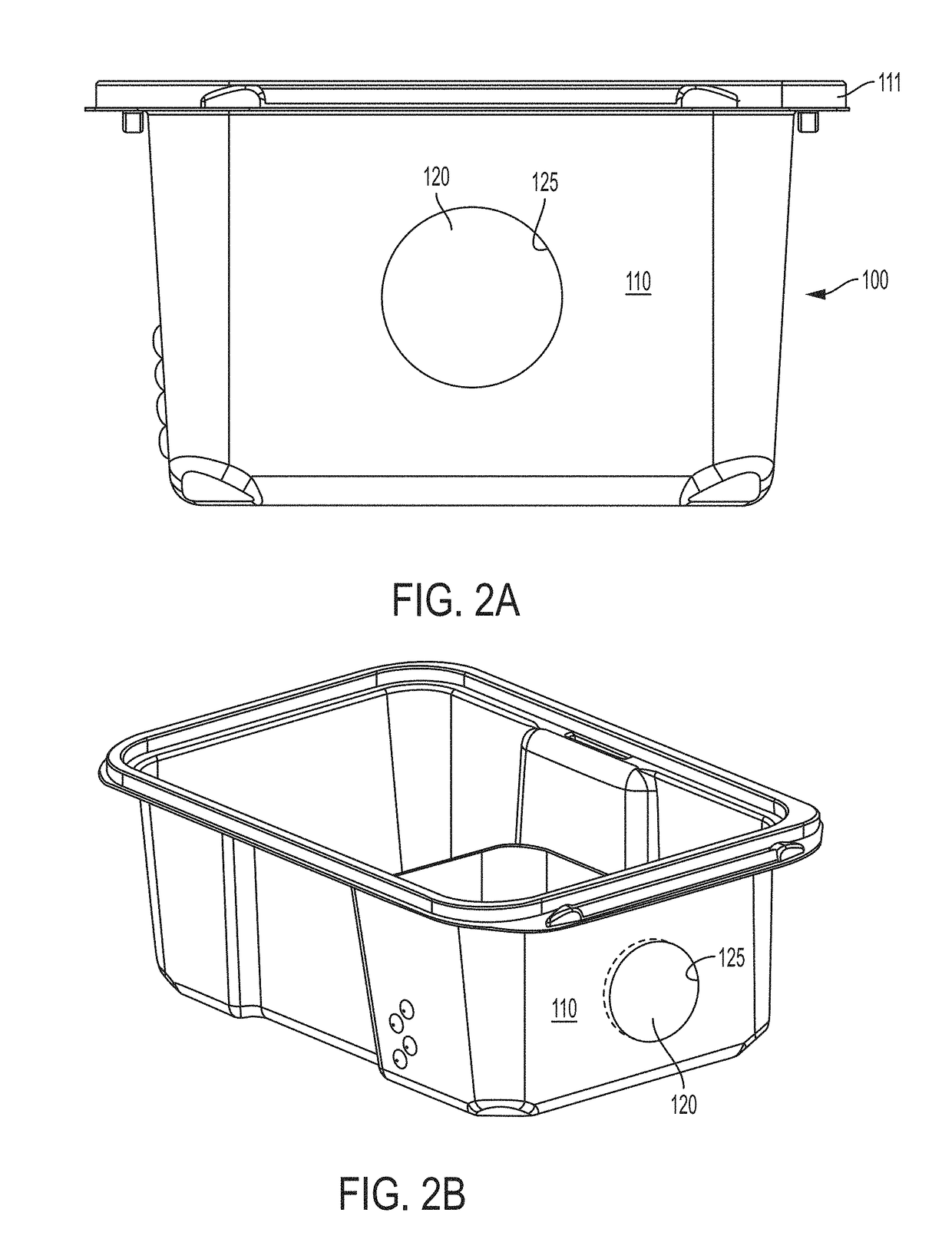Method and apparatus for determining metabolic characteristics of experimental animals
- Summary
- Abstract
- Description
- Claims
- Application Information
AI Technical Summary
Benefits of technology
Problems solved by technology
Method used
Image
Examples
Embodiment Construction
[0032]An electronic monitor may be adapted to be removably coupled to a cage housing experimental animals to be positioned in a predefined position relative to the cage and monitor one or more of the experimental animals. The electronic monitor can be adapted to maintain a substantially sterile barrier between the animal living space in the cage and the environment external to the cage while the electronic monitor is coupled to the cage. Sterility refers to chemical and biological isolation from the ambient environment, such as, for example, isolation from foreign odors, soot particles, viruses, parasitic worm eggs, bacteria, prions, proteins, metabolites, parasitic mites and their eggs, and humidity and temperature fluctuations. The electronic monitor can thereby monitor the experimental animals while minimizing perturbations to the animals. Examples of such an electronic monitor and other related experimental animal monitoring instrumentalities are described in U.S. patent applica...
PUM
 Login to View More
Login to View More Abstract
Description
Claims
Application Information
 Login to View More
Login to View More - Generate Ideas
- Intellectual Property
- Life Sciences
- Materials
- Tech Scout
- Unparalleled Data Quality
- Higher Quality Content
- 60% Fewer Hallucinations
Browse by: Latest US Patents, China's latest patents, Technical Efficacy Thesaurus, Application Domain, Technology Topic, Popular Technical Reports.
© 2025 PatSnap. All rights reserved.Legal|Privacy policy|Modern Slavery Act Transparency Statement|Sitemap|About US| Contact US: help@patsnap.com



